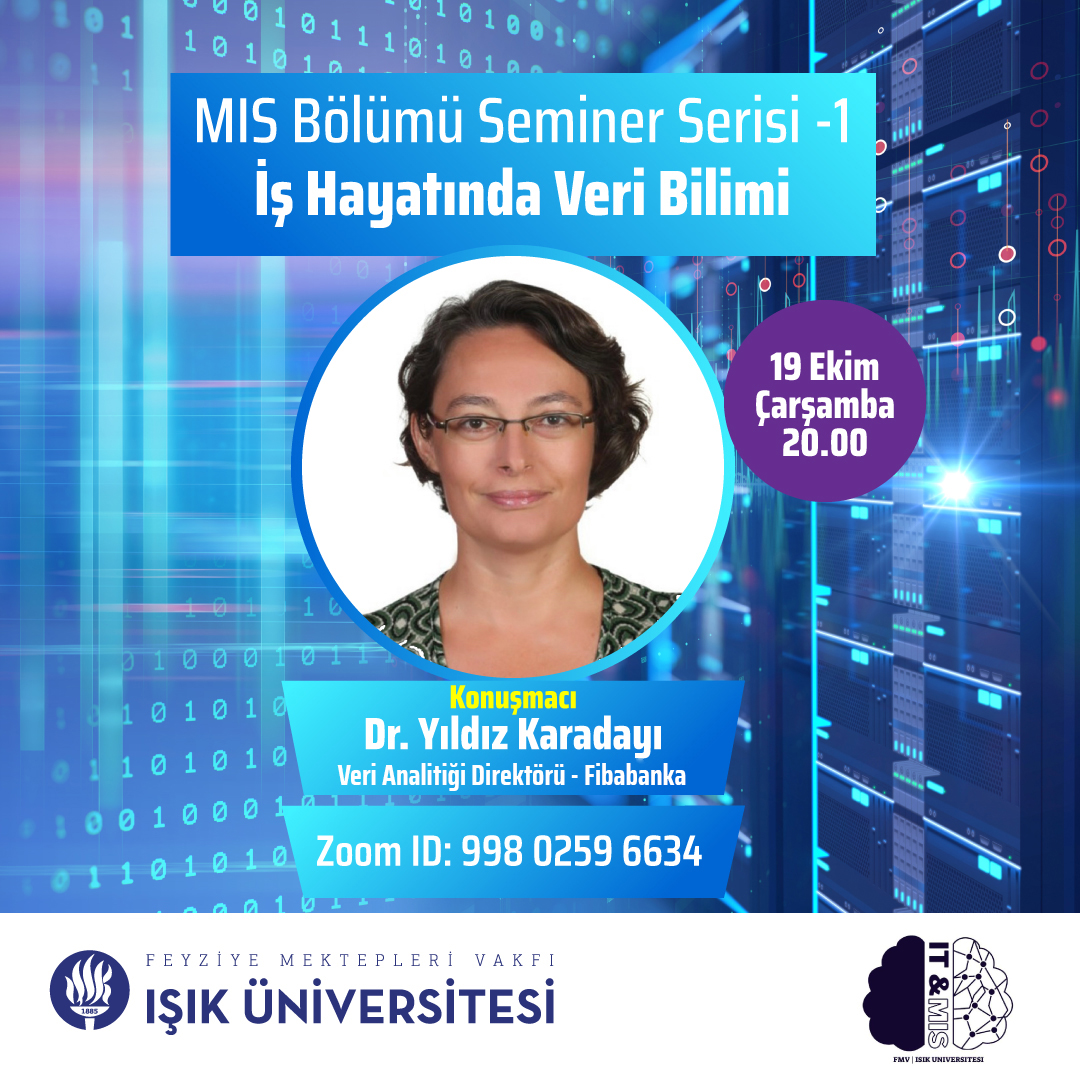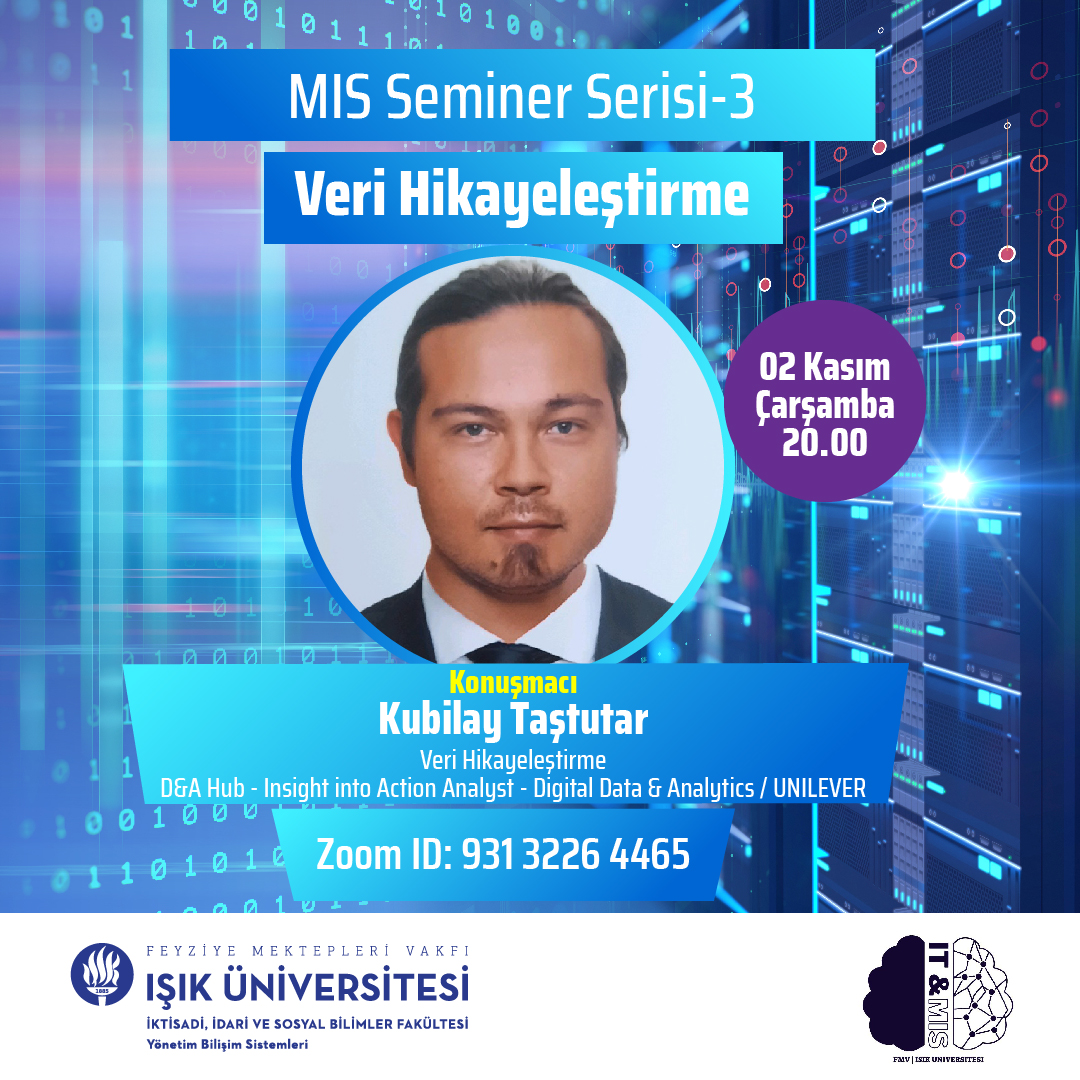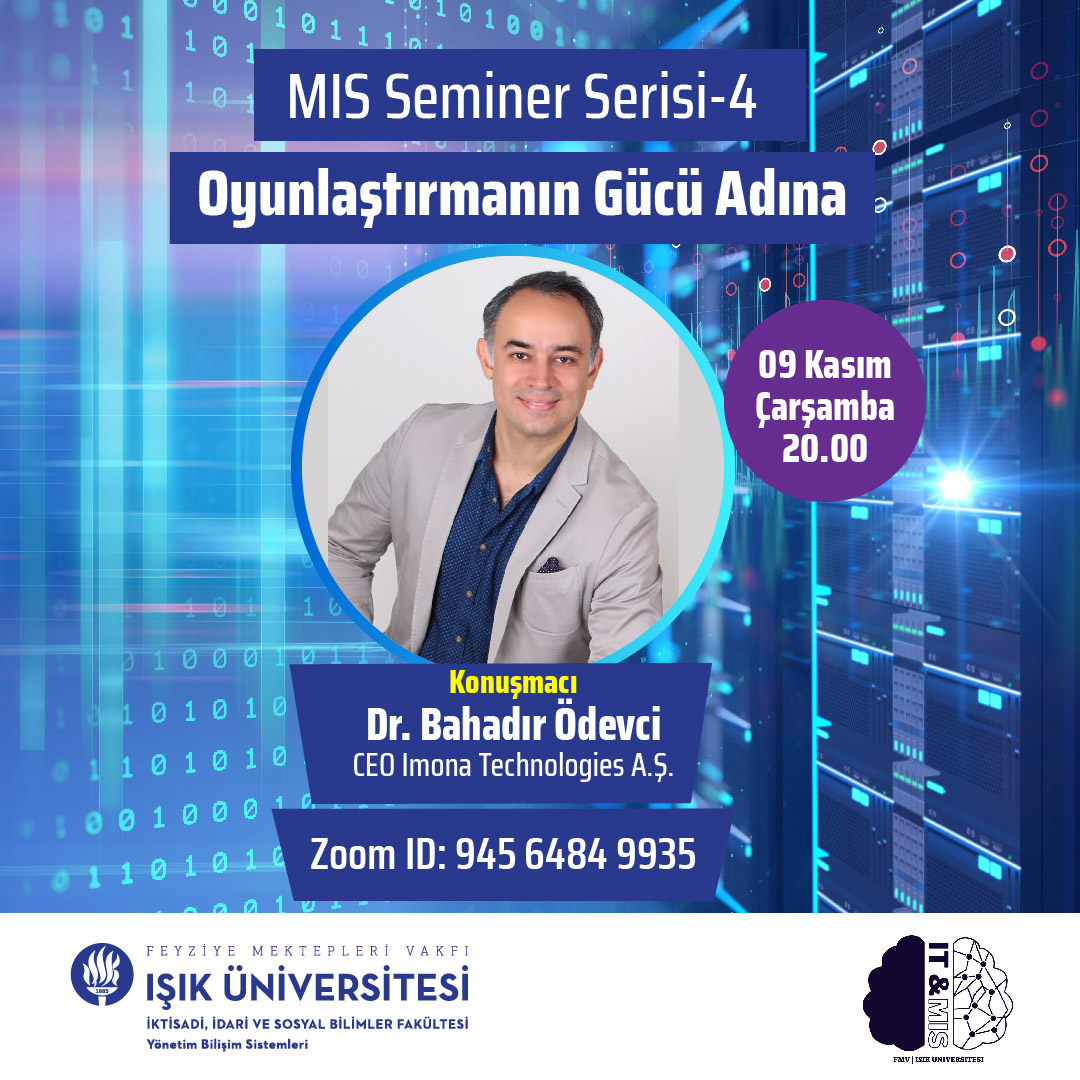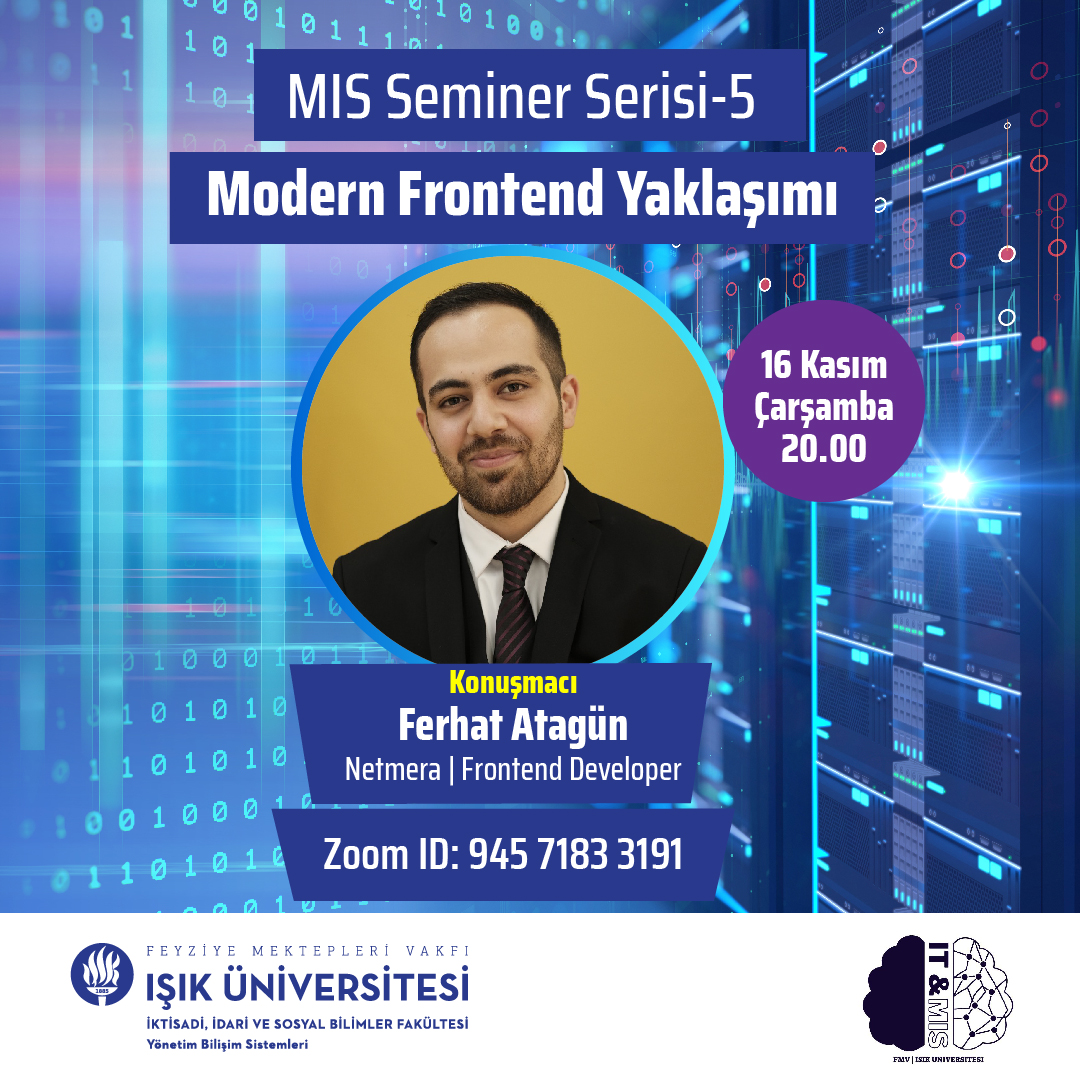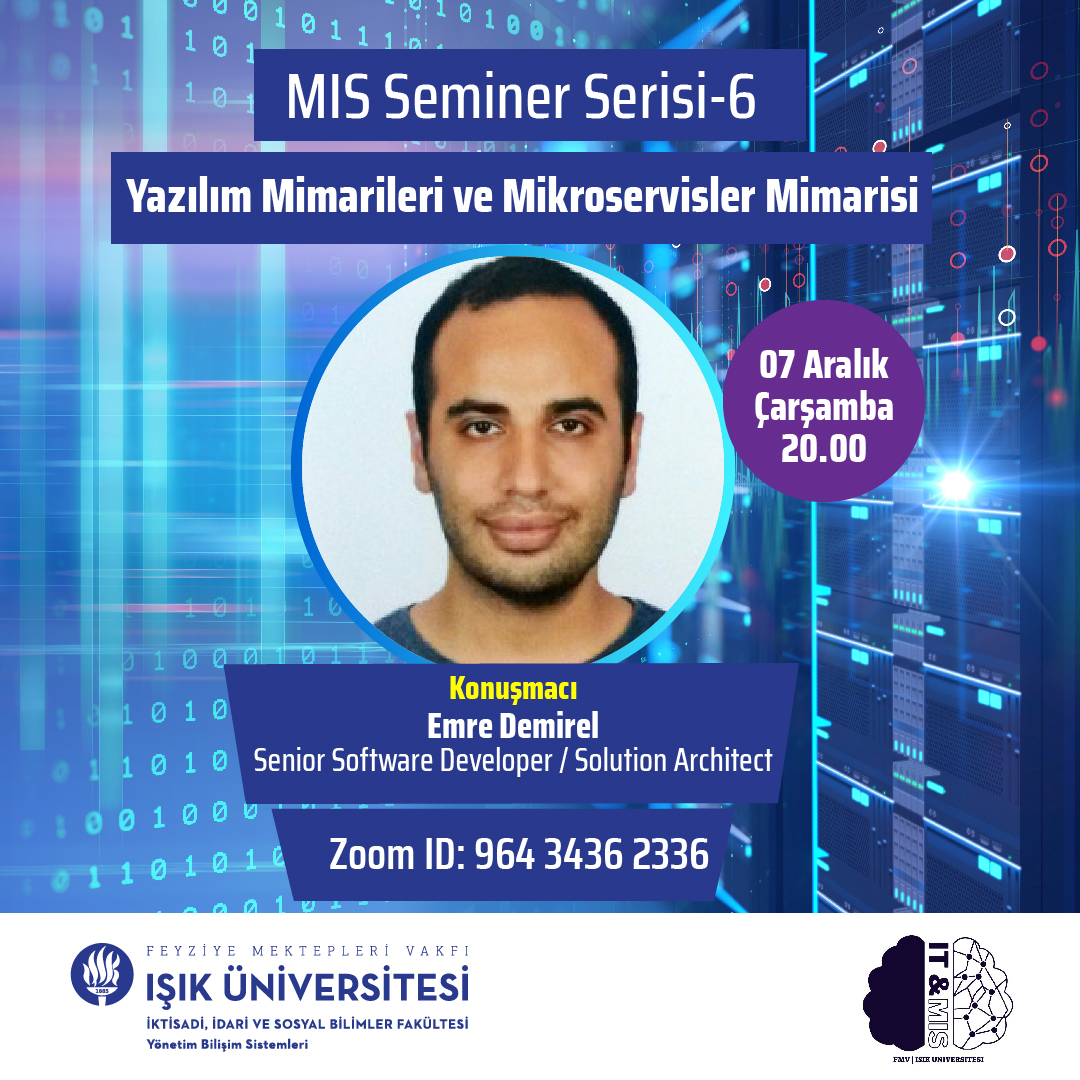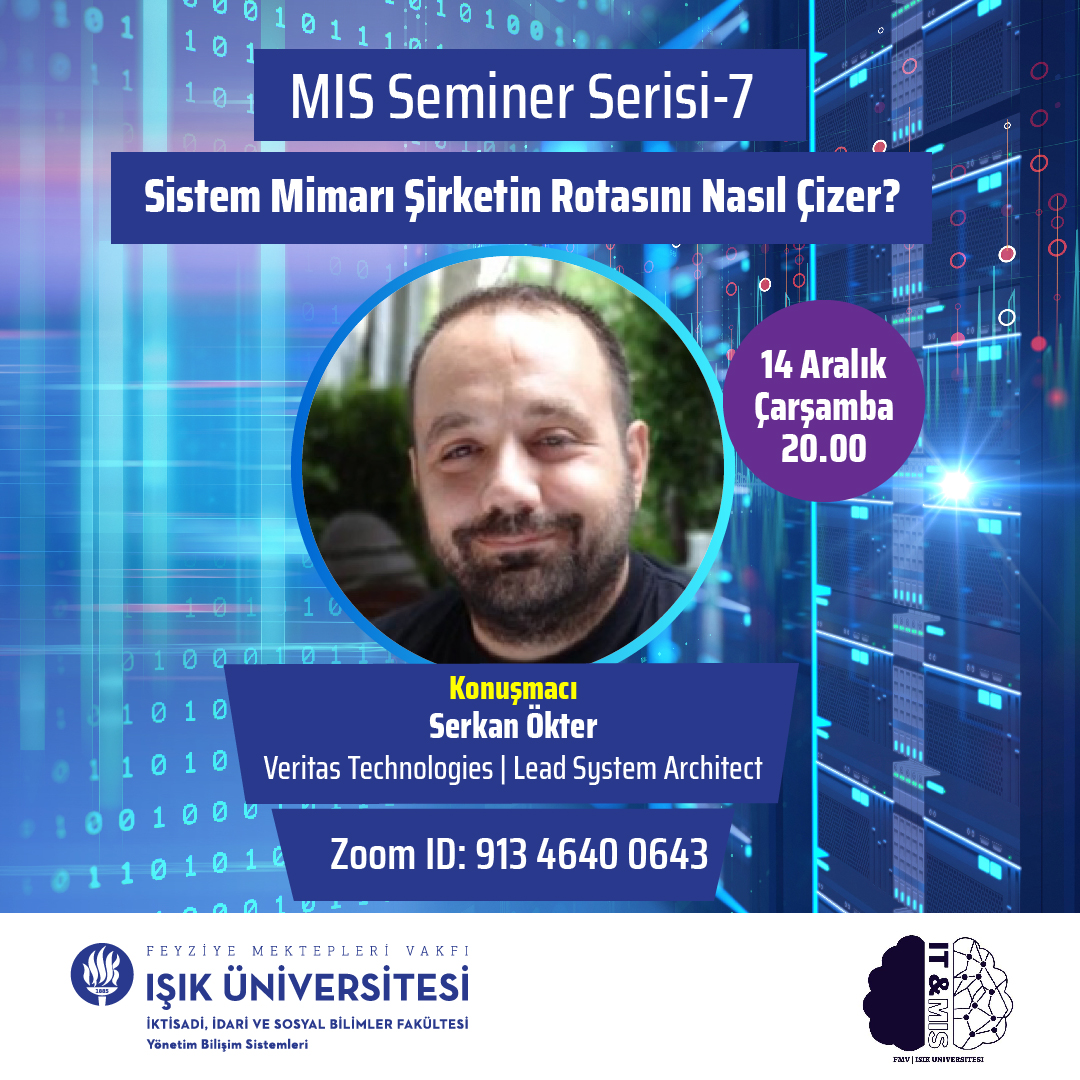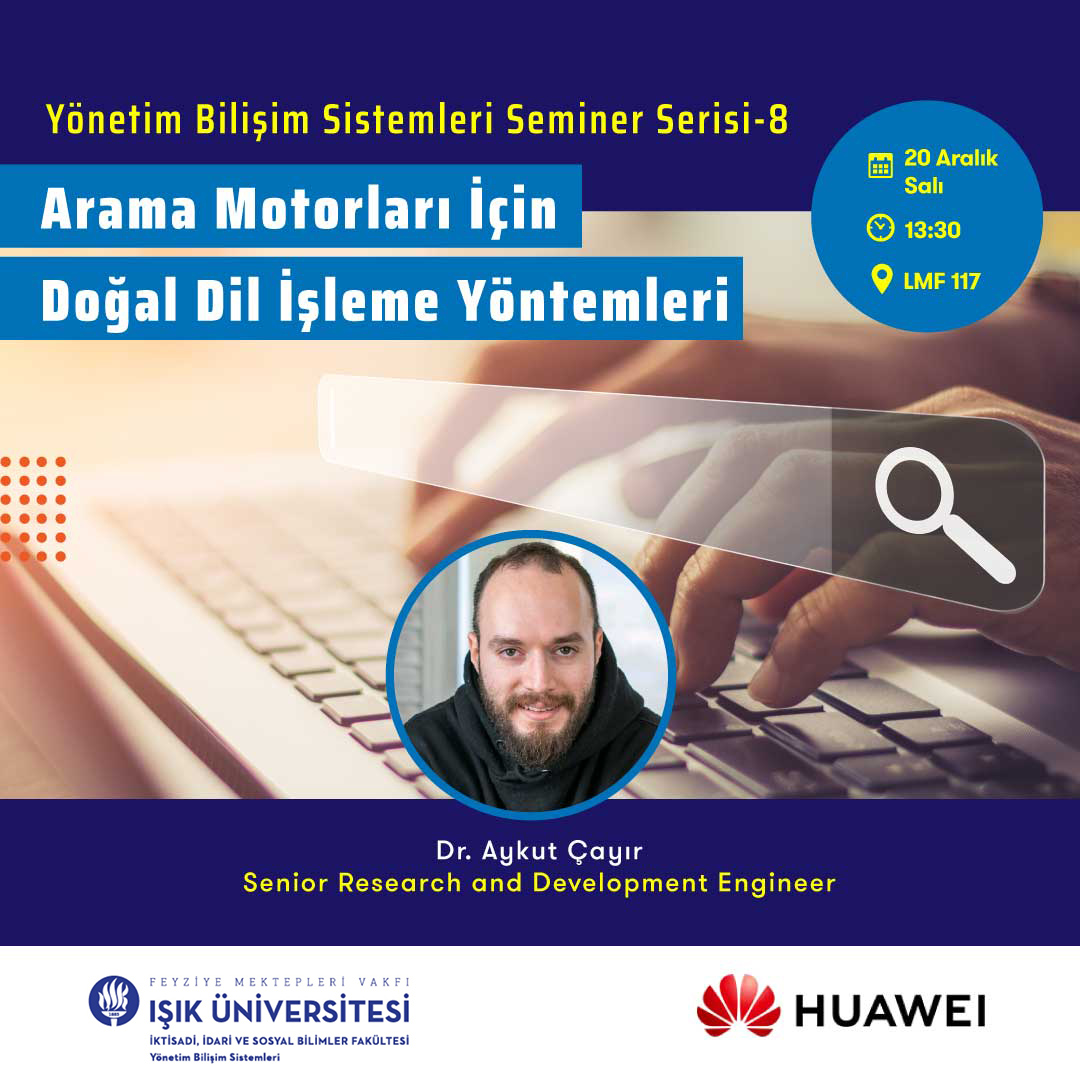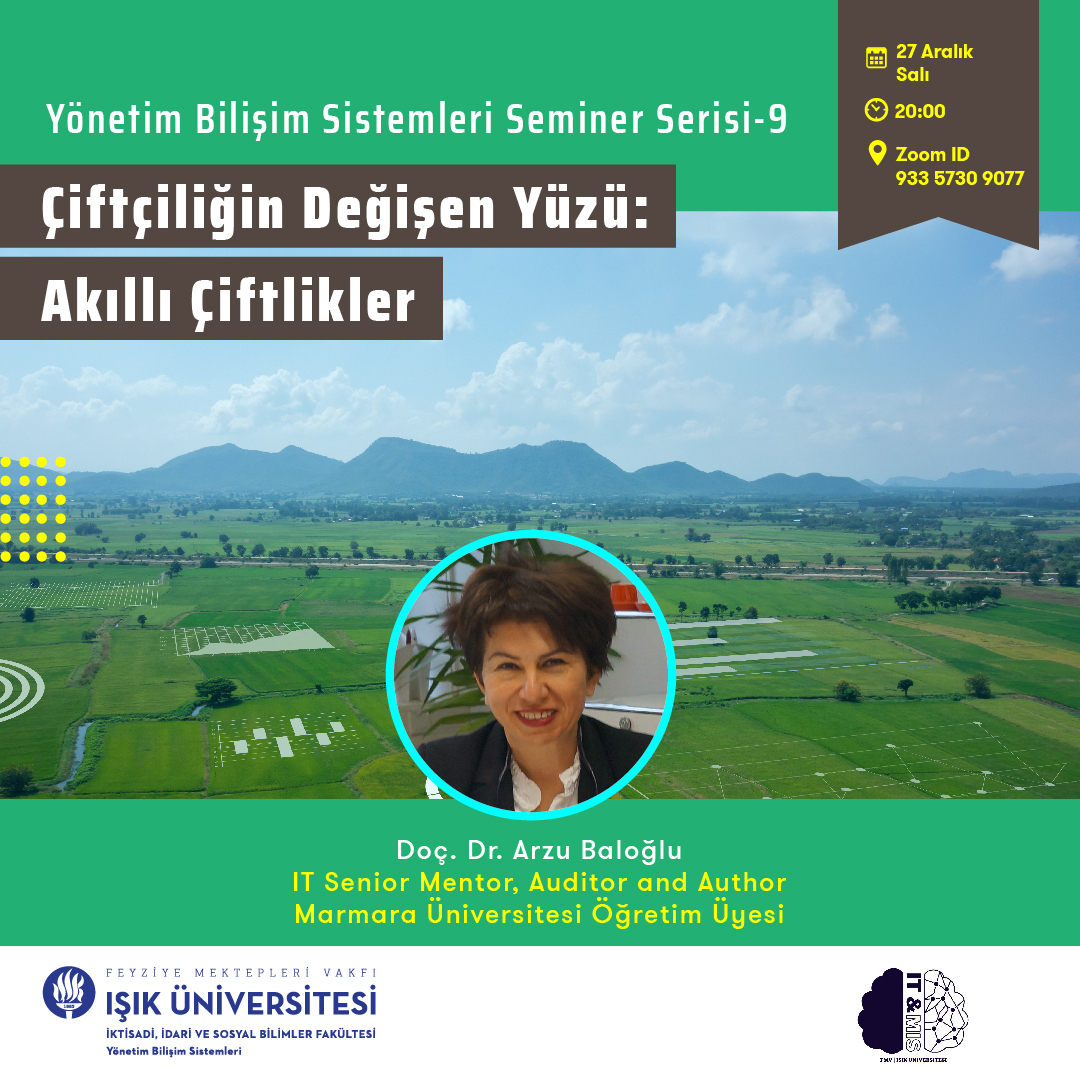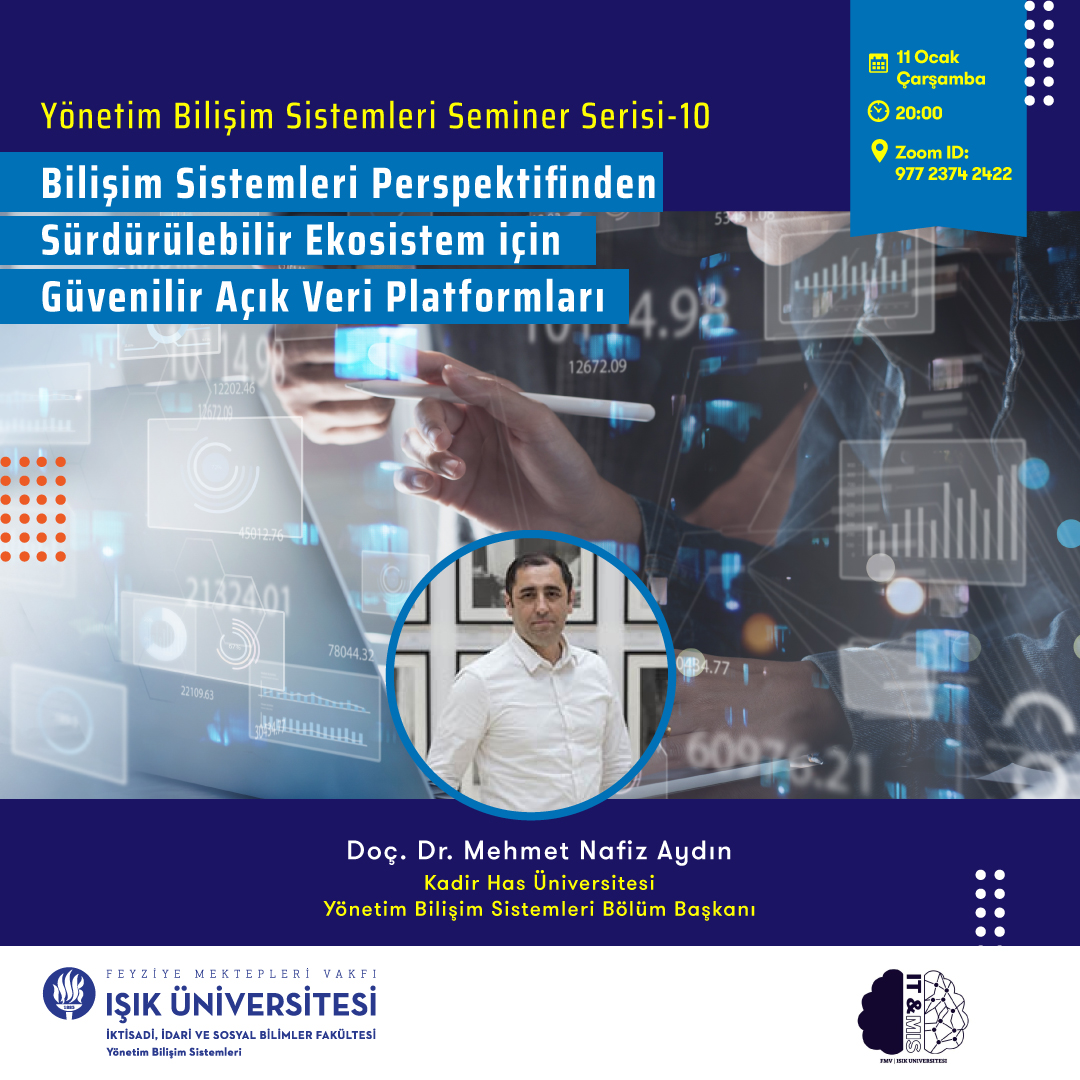INTALA LAB
Intelligent Agriculture and Livestock Applications Laboratory
INTALA LAB specializes on developing intelligent and innovative applications for agriculture and livestock services. It aims to be a hub for agriculture and livestock research across open data, linked open data, semantic web, ontology, wireless sensor networks, IoT, and service oriented architecture. The group brings together academics from different universities, non-academic advisors, and graduate students.


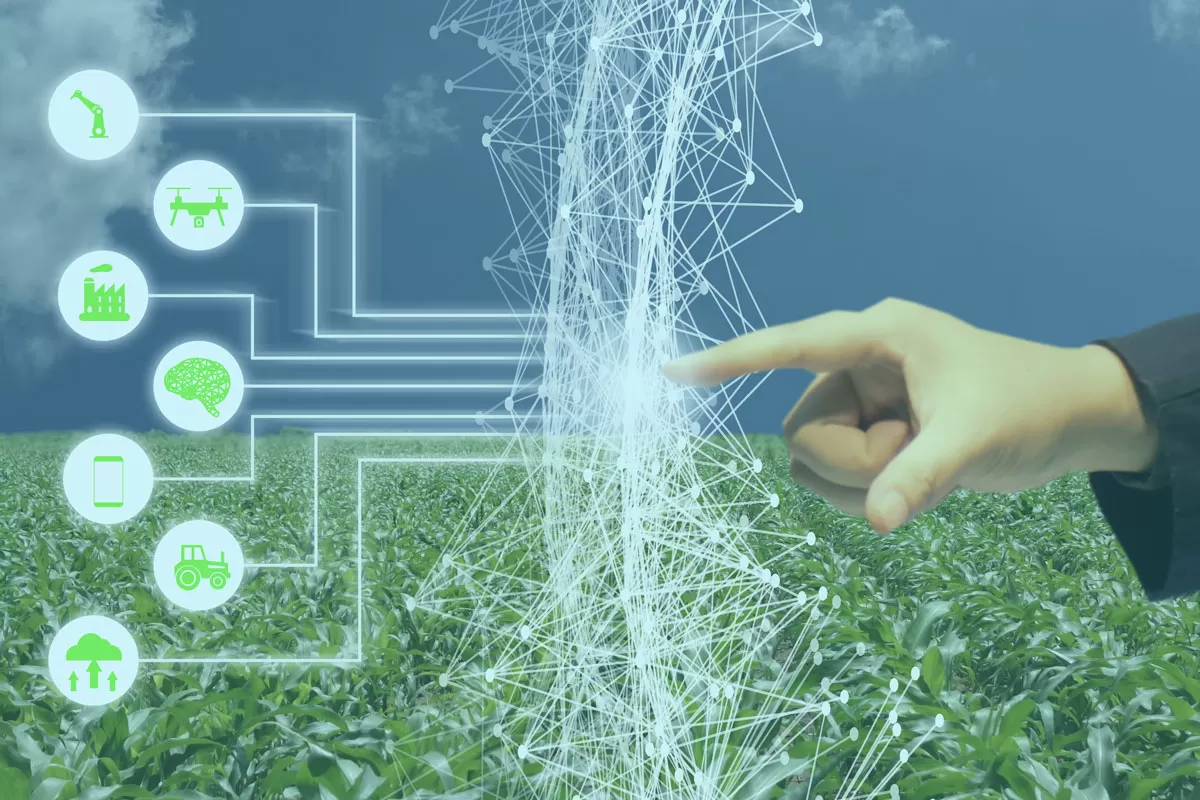
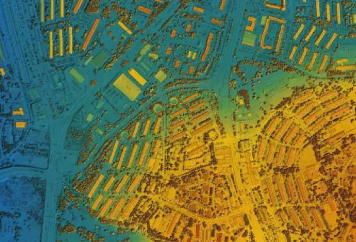
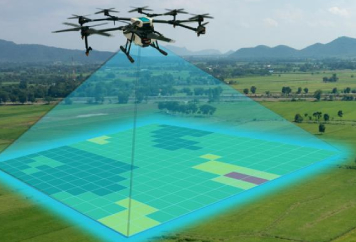
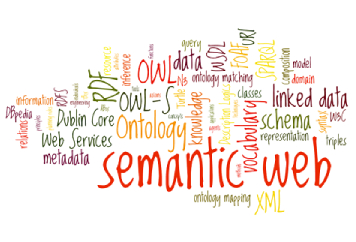
Why Smart Agriculture?
Smart agriculture, also known as precision agriculture or digital farming, is the application of modern technologies, such as IoT, data analytics, and AI, to enhance agricultural practices. The primary goal of smart agriculture is to make farming more efficient, productive, and sustainable by using data-driven insights and automation.
